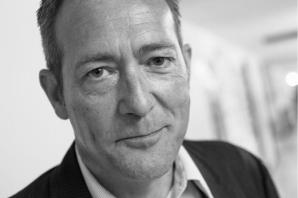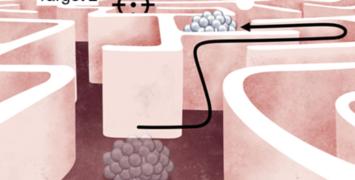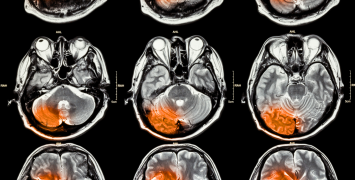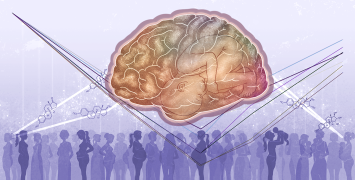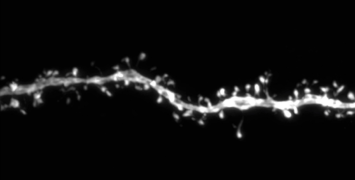Consciousness: is this what separates us from machines?
While computers can calculate or recognise faces, they are not aware of themselves (yet?). Consciousness is in the essence of human beings; its nature, however, appears to lack a reliable explanation. Prof. Axel Cleeremans is developing a new theory, the Radical Plasticity Thesis, maintaining that consciousness is a long-lasting property of our brain rather than just a static feature. In order to test it, he is taking a multidisciplinary approach including psychological studies and advanced brain imaging.
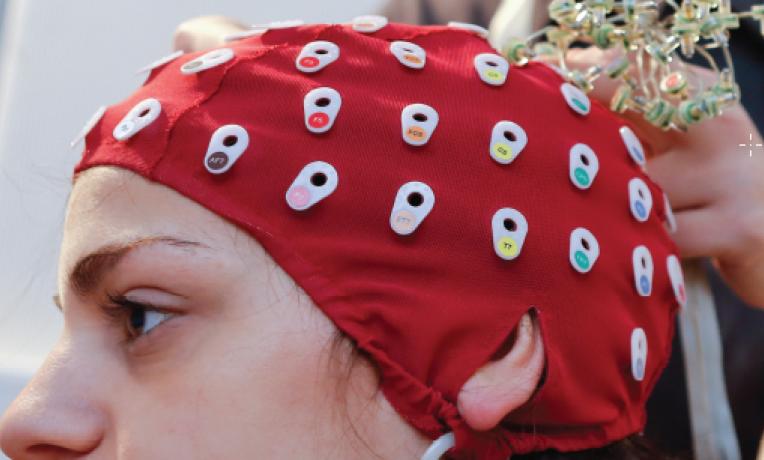
Our consciousness, or the movie of our own lives, is probably the main feature that makes us different from machines. The Radical Plasticity Thesis, a new theory for understanding our mind, states that consciousness is something that the brain learns to do rather than being a static property of our brain.
We are continuously trying to predict the consequences of our actions in order to minimize surprise. For this purpose, our brain is always reinventing its theory about itself, so developing internal models shaped by its experience interacting with the world, with other agents, and, crucially, with itself, Prof. Cleeremans affirms. According to him, we are constantly learning, consciously and unconsciously, to improve that story. If the Radical Plasticity Thesis is demonstrated, our own ability, as well as our brain's ability to learn to better re-define our knowledge would be what make us conscious.
For Prof. Cleeremans, consciousness depends first on the quality of the representations we continuously create as we interact with the world and with other people: through learning and attention, strong, stable and distinctive representations emerge and can then become redescribed in such a way as to become conscious representations. Being conscious, in this sense, always involves knowing that we know: the brain is looking at itself, in the service of better control of action.
To prove his theory, Prof. Cleeremans’ team is conducting a multidisciplinary study which mainly consists of behavioural experimentation, examining how people react to different types of events and experiences. These experiments will be complemented by computer simulations and brain imaging, using innovative techniques such as virtual reality to map human consciousness.

